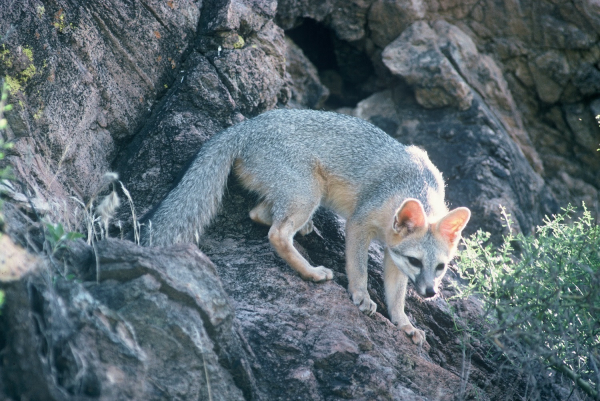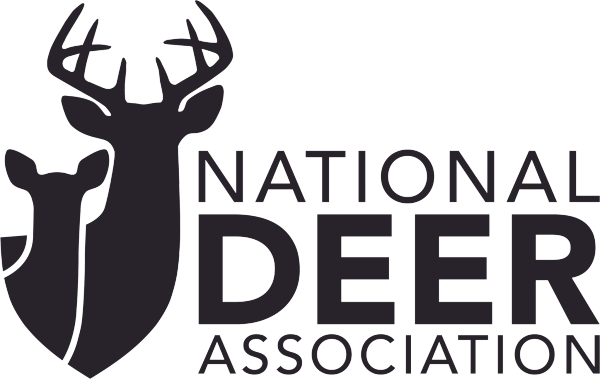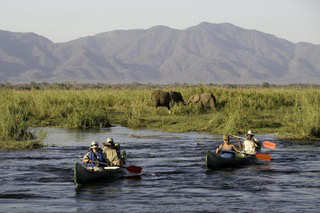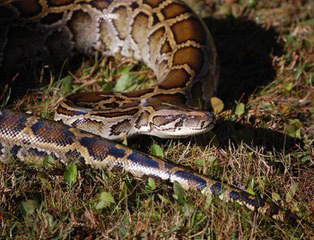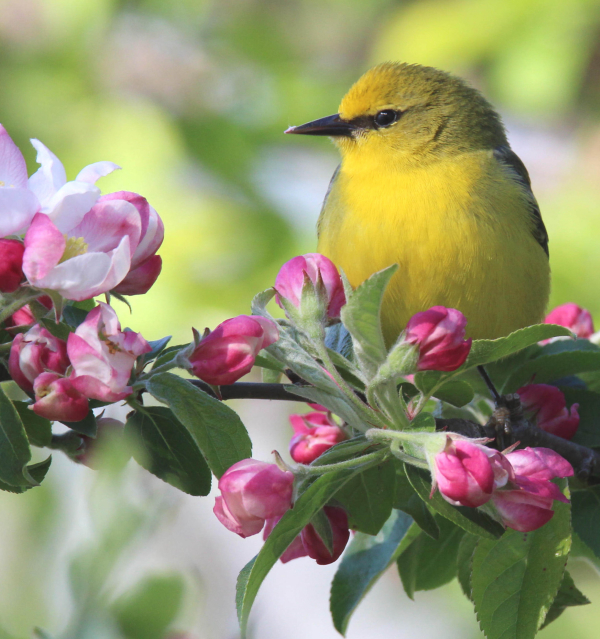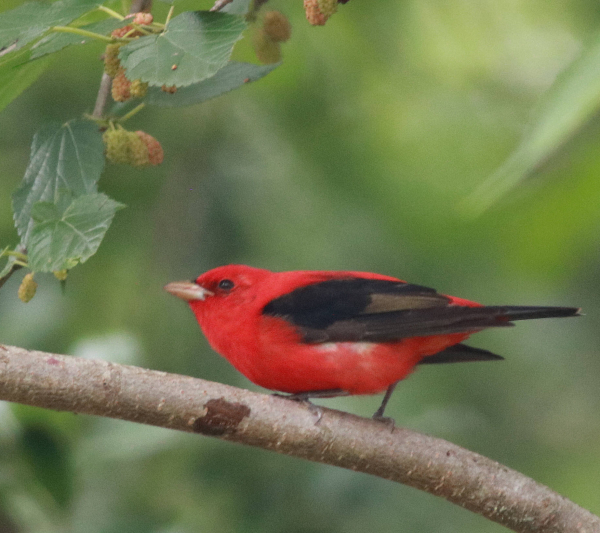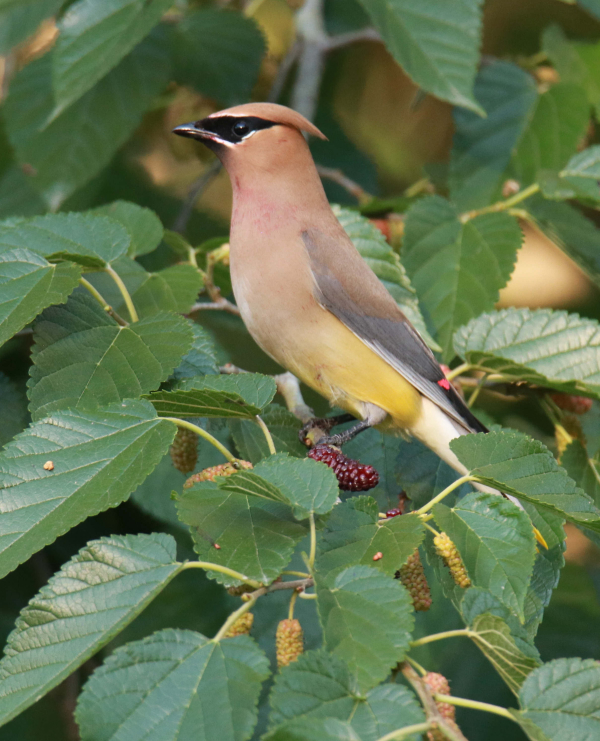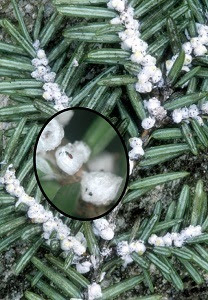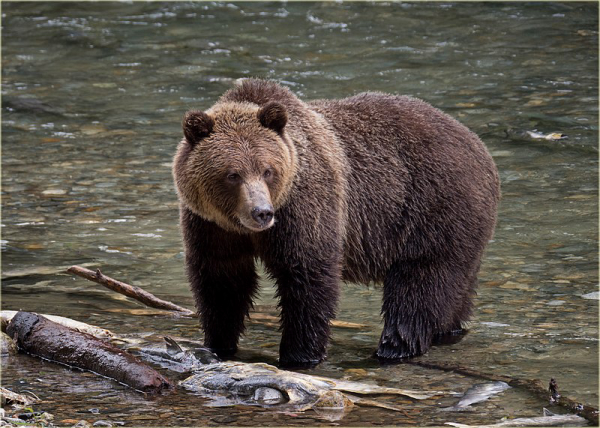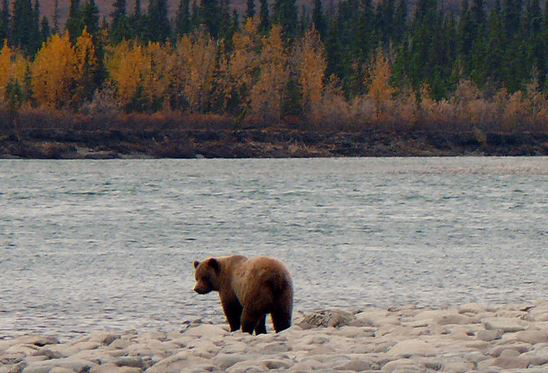Deepwater Horizon Settlement Projects Surpass $1 Billion for Alabama

Alabama Department of Conservation and Natural Resources (ADCNR) Commissioner Chris Blankenship used last weekend’s Conservation Advisory Board meeting in Huntsville to update the Board on the numerous projects in the state under ADCNR oversight.
A milestone was surpassed this year when projects funded through the Deepwater Horizon oil spill settlement exceeded $1 billion, Commissioner Blankenship said. ADCNR’s Deepwater Horizon Restoration Coordinator, Amy Hunter, and her staff oversee the projects funded by the settlement.
“The big takeaway is we have $1 billion, $29 million in projects underway in Mobile and Baldwin counties that we are managing through our Deepwater Horizon Section,” Commissioner Blankenship said. “That is 176 individual projects. That’s a lot of money and a lot of work going on. We have six people in that section, and they’re doing a very good job of managing projects that will make generational changes on the Gulf Coast. Read more

